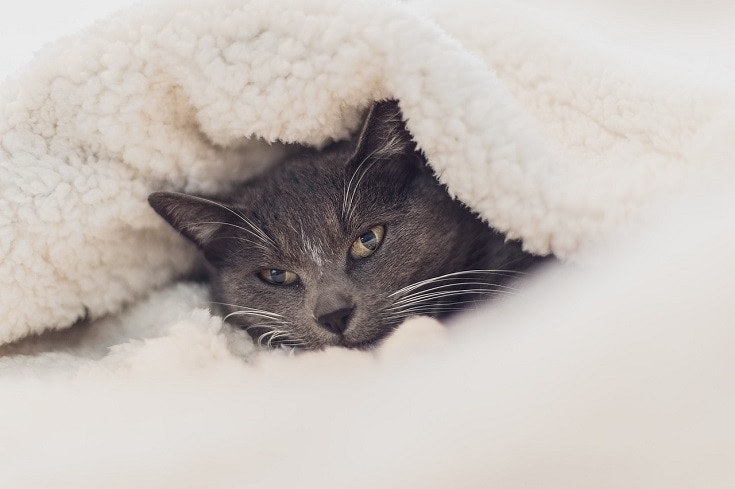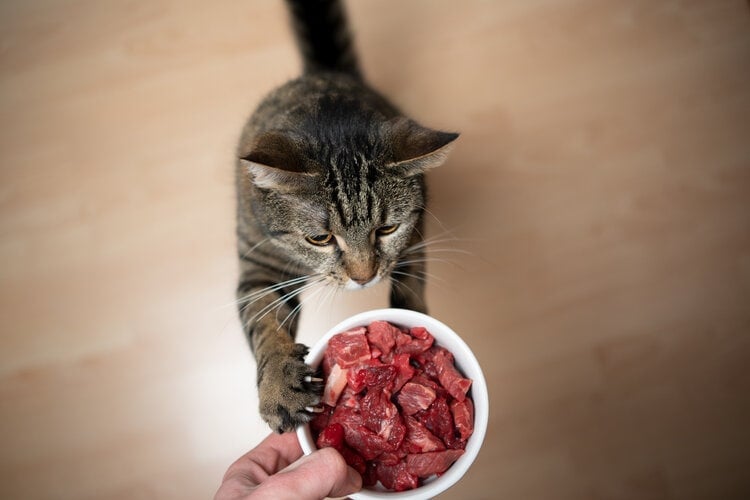Why Do Cats Wag Their Tails While Lying Down? 5 Reasons Explained
By Oliver Jones
Updated on
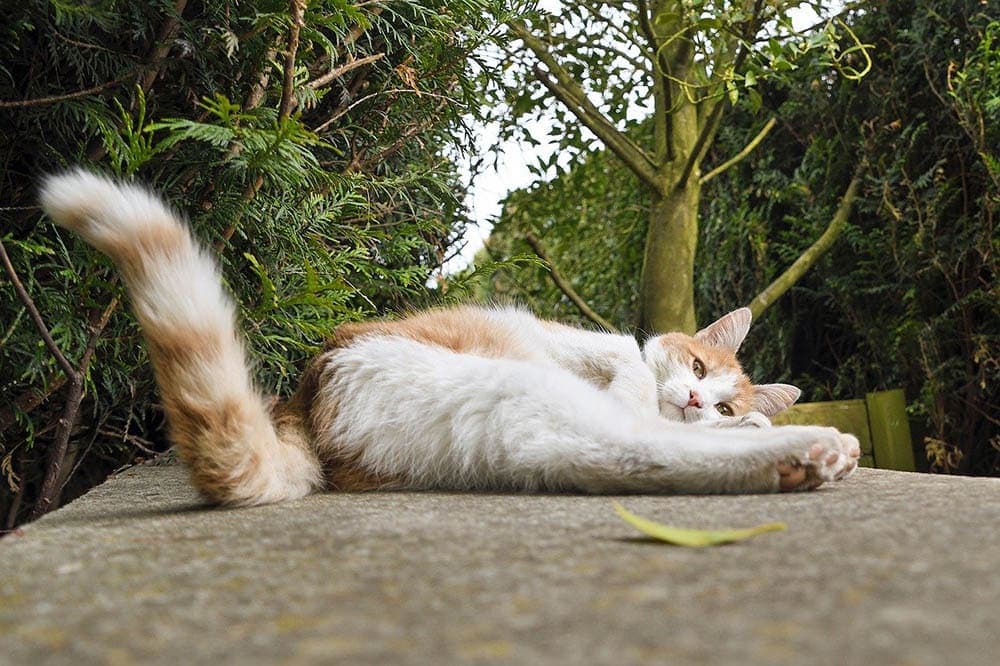
For some people, cats can be difficult to understand. Cats aren’t always as obvious about their moods and feelings as dogs, but they have many ways of communicating with their behavior. One such way is by tail movement.
Why do cats wag their tails while lying down? Unlike dogs, cats wagging their tail can mean a lot of different things, both positive and negative. Cats also communicate different emotions depending on which part of their tail is moving, and how it’s moving. So, there’s no simple explanation for why a cat may wag its tail while lying down, but there are some possibilities. Read on while we break things down to help you understand your feline better.
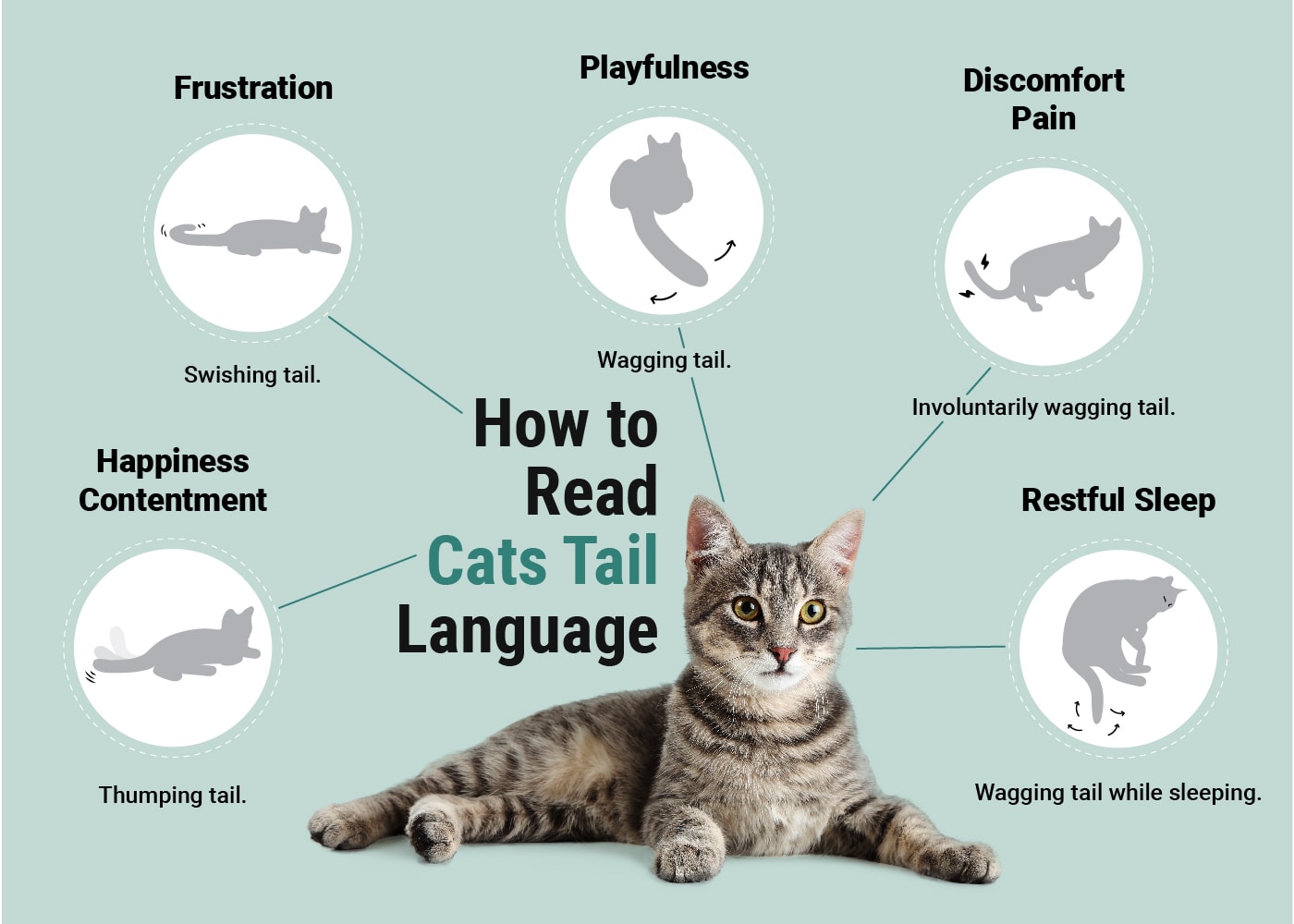
The 5 Possible Reasons Cats Wag Their Tails While Lying Down
1. Happiness or Contentment
When cats thump their tail on the floor or couch while lying down, it could mean they’re relaxed and content. If they’re thumping their tail while you’re petting them, it’s a sign that they enjoy your company and affection.
That said, a wagging tail doesn’t always mean your cat wants you to come over and pet it. Sometimes, your cat is just happy to be lazy and relaxed but doesn’t feel social.
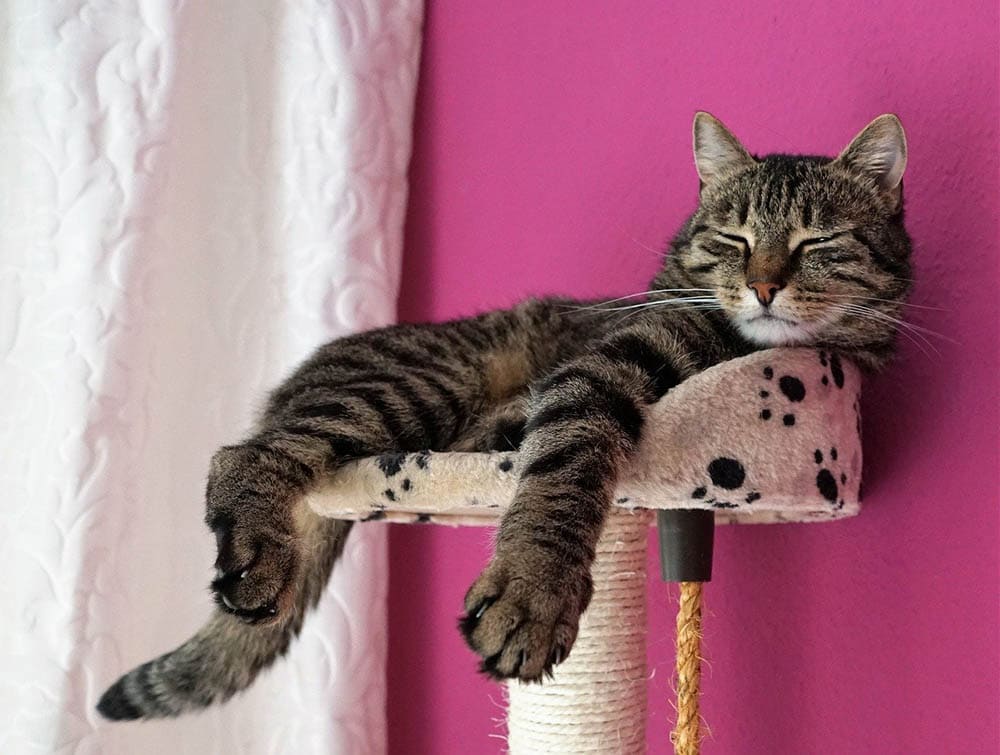
2. Frustration
If a cat is lying down and swishing its tail in wide arches, it could be a sign of frustration. If you attempt to pet your cat right then, your attention may be met with a scratch or your cat abruptly leaving the room.
Cats can feel frustrated for a lot of different reasons, such as being woken up, being bothered, or simply having a bad day. Swishing their tail is a good way to communicate their frustration and release some pent-up energy, especially if it’s combined with restlessness or subtle grunts or moans.
3. Playfulness
If a cat is wagging its tail while lying on its stomach, it’s a signal that they’re about to pounce. Like dogs, cats get in a playful “pounce” position. In some cases, cats will “chatter” when they’re playful or wiggle their hind end.
Your cat may just stay in that position and never actually pounce, but it’s an opportunity to break out the cat toys and spend some time together.
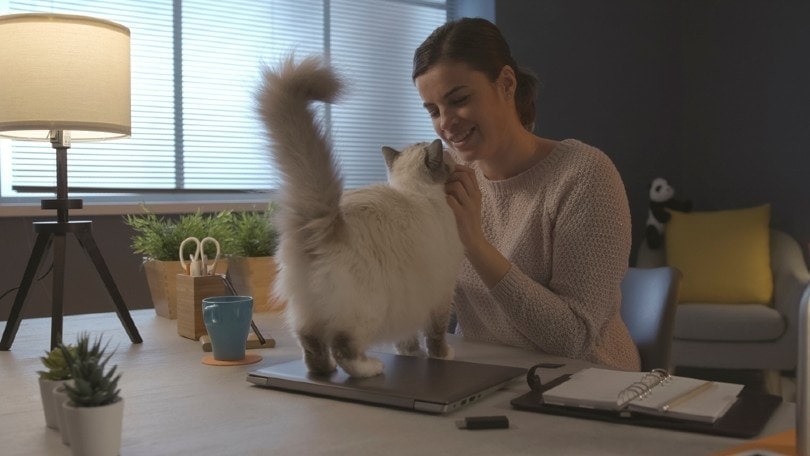
4. Discomfort or Pain
Cats are predators, but they’re also threatened by larger animals like dogs, coyotes, and birds of prey. Because of this, they tend to hide their pain and discomfort to avoid looking weak and drawing the attention of larger animals.
If your cat is wagging its tail out of nowhere, more as an involuntary reflex than a deliberate attempt to communicate, it may be in pain. This isn’t easy to detect, so look for other signs like unusual aggression or hiding, appetite changes, or restlessness. You may want to take your cat to the vet to get a checkup and make sure everything is okay.
5. Restful Sleep
If you notice your cat’s tail wagging while it appears to be in a deep sleep, it can be the result of a dream. Cats move in their sleep, but the movements tend to be small and subtle. Your cat may be in the midst of a fun dream and just wagging the tip of its tail unconsciously.
Finding a bed that your cat truly enjoys can be a challenge. Our Hepper Nest Bed features an enticing, portable design that encourages cats to explore and curl up in. Created with a comfy bowl shape to offer maximum support and a self-warming fleece insert, you’ll have a hard time getting your cat up from their daily naps.
- HAPPY COZY CATS - Your kitty will bask in luxurious sherpa-lined comfort while feeling warm, safe,...
- MODERN DESIGN - Contemporary styling with upholstered fabric construction; just like your human...
Final Thoughts
Cats wag their tails for all types of reasons, from happiness to pain to frustration. In most cases, the best way to decipher a cat’s tail wag is by paying attention to the rest of its body language and sounds. Is it hissing or growling? Playfully stalking a bug or loose thread? Relaxing and twitching its tail slightly? All of these clues can give you insight into why your cat’s tail is wagging and what it’s trying to communicate.
Looking for more information on cat behavior? Try:
- Why Do Cats Lie on Your Chest? 4 Possible Reasons
- Why Do Cats Love to Lick Plastic? 6 Likely Reasons
Featured Image Credit: Pixabay



